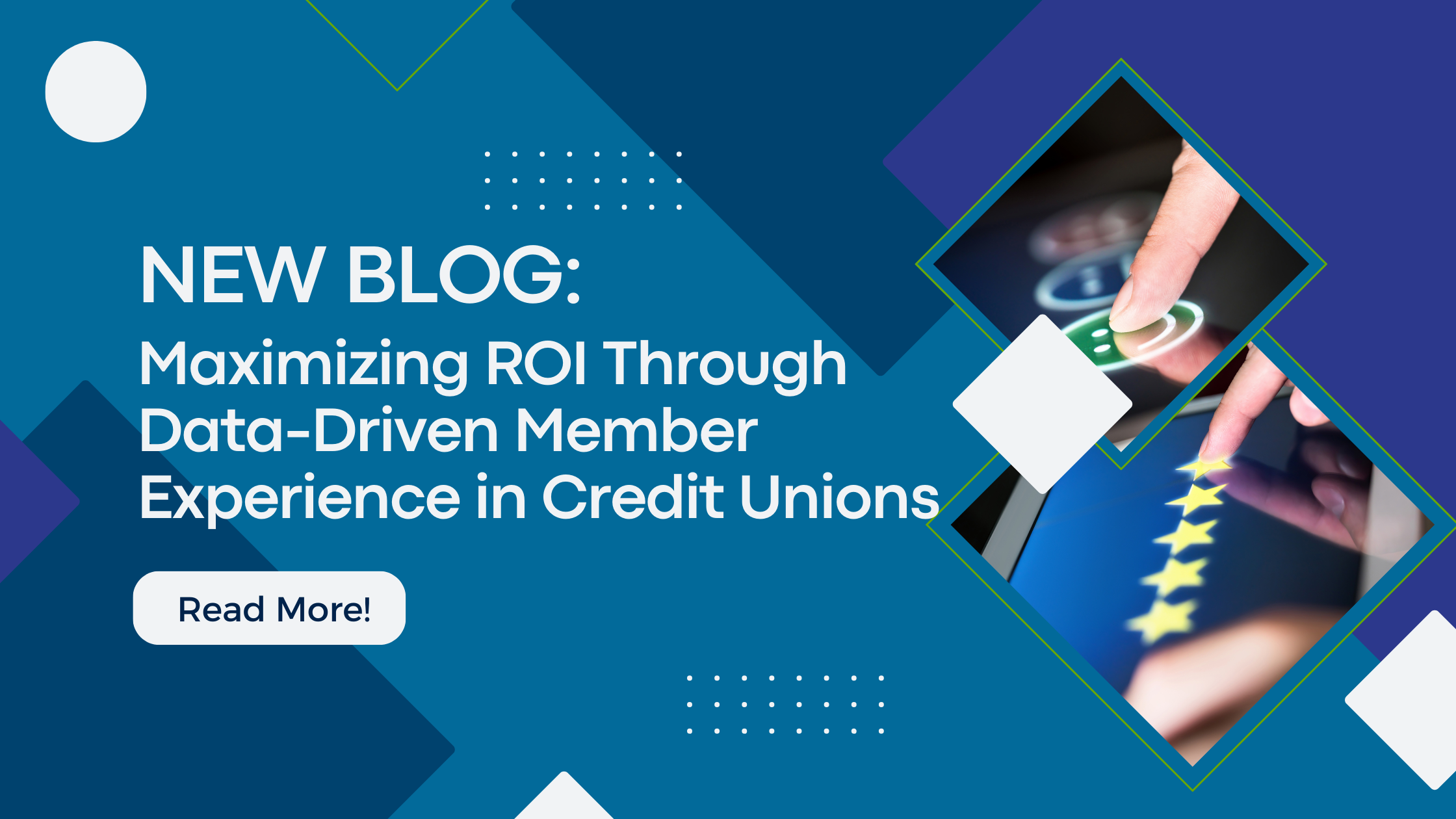This is Part 4 of a 5-part series about credit union NPS. Read Part 2 to learn what your score means or Part 3 to learn how to improve your NPS!
If your credit union wants to use—or already uses—the Net Promoter Score (NPS) survey, this guide is required reading! Whereas other sections of the guide focus on how to use and interpret NPS, this part shows the shortcomings of that metric.
This section will introduce:
- Why NPS scores are unreliable;
- What NPS can’t tell you; and
- Potential alternatives to NPS.
Many credit unions put a lot of stock in NPS scores. But the truth is, NPS scores have drawbacks. If you’d like to improve your credit union’s experience, it’s important to understand the limitations of any survey metric.
Why Net Promoter Score is Unreliable
There are numerous reasons why NPS scores are unreliable. To save time, we’ll be brief and cover three reasons quickly. Be assured that these reasons are not comprehensive!
- NPS scores don’t reveal much. The fact is, NPS scores reduce countless variables down to a single numeric metric. All you get is a number, a hunch, and if you’re lucky, some pointed feedback.
- Sampling bias is rampant. Who you survey, when you survey, how you word your survey and more can affect your NPS score. Even seasons professionals get tripped up here. The truth is, your score may not reflect reality.
- There are better, more accurate survey metrics. Ultimately, NPS surveys can be confusing to takers… and statistically, NPS isn’t the most accurate indicator of experience or loyalty.
There are other reasons not to place too much faith in the NPS survey. But the fact is that, though useful as a broad metric, the NPS score is unreliable and you may not want to base your entire member experience program on it alone.
What NPS Scores Can’t Tell You
NPS scores can’t tell you how people interpreted the question. They can’t tell you why the respondent gave you the score they did. They also can’t tell you whether that person will be a loyal member.
NPS scores can’t even reliably tell you whether a given member is satisfied or not.
The fact is, NPS scores are not something you can trust to any great extent. Their power comes from a law of averages. It can be useful broadly, but less useful on a case by case basis—even on a quarter by quarter basis!
Alternatives to NPS
There are several alternatives to NPS surveys. All have their strengths and weaknesses. Ultimately, none are so compelling that they’ve eliminated NPS surveys altogether.
Nevertheless, there are a few alternatives to NPS scores:
- Customer effort score (CES). Credit unions might call it a Member Effort Score (MES). It’s proven to show member loyalty better than NPS, though the jury is out about satisfaction itself.
- General satisfaction score. Simply asking members if they’re satisfied—or how satisfied they are—may give you a different (or better) idea of how they feel about your credit union.
- Something proprietary. We’ve worked with credit unions that have developed their own satisfaction questions. They may not be ready for peer benchmarking, but they seem to work.
The most important takeaways from any member experience score are a) knowing how you compare against yourself historically, and b) knowing how you can improve.
As long as your member experience survey can reveal either to you, it will be effective. In our opinion, NPS scores aren’t the best suited for this job. However, the amount of support and broad industry understanding and support for them make them a strong choice nevertheless!
Additional Resources
If your credit union is ready to work on member experience, LiveSurvey is here to help. Our survey platform queries your core to send surveys within minutes of any transaction—and compile the results in real time!
Download our 12 Month Survey Roadmap for a year’s worth of credit union survey planning. Or subscribe to our blog to stay up to date with the latest information!





